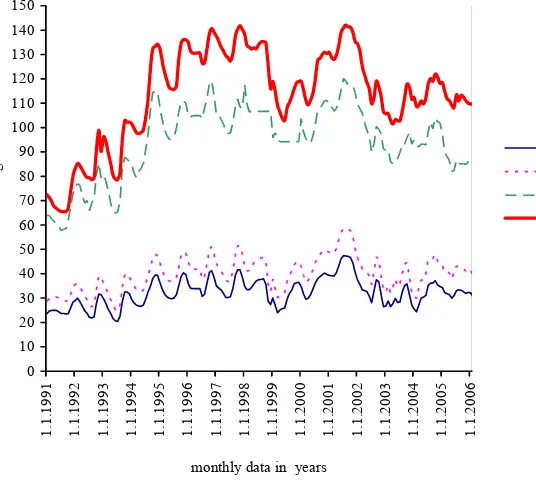Growing inequalities in added value distribution in the Czech agri food chains
Full text
Figure




Related documents
Special amenities and bottle of sparkling wine sent to the room the wedding night Bathrobes and slippers in your room by request.. People in house pay US$18.00 per supplements
On the other hand, problems and barriers include an often stringent State of California regulatory environment, inconsistent county and city regulations, reduced
(9) If the system user fails to meet its obligation of an activation deposit, either because the obligation is not met in due time or because the full amount of the
units) in another area of study: Anthropology, Cultural Studies, Economics, Environmental Studies, Geography, History, Indigenous Studies, Legal Studies, Philosophy,
The population for the study included head teachers, teachers and pupils in four schools which were targeted to have embarked on inclusive education in the Effutu Municipality in
Prior to distribution of content to the general public, such content can be shown to a control group such that the content provider or creator can gauge the effectiveness of
An electrical network constantly faces unforeseen events such as faults on lines, loss of load and loss of generation. Under-frequency load shedding and generator tripping
We introduce a latent factor multinomial probit model and employ prior constructions that allow inference on the number of factors as well as clustering of the subjects